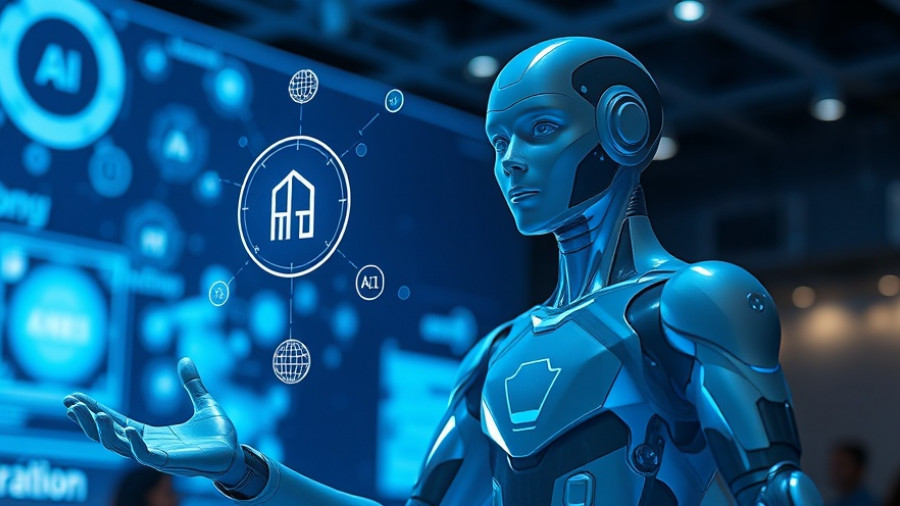
Unraveling Mysteries: AI’s Dynamic Role in Modern Science
Artificial Intelligence (AI) is rewriting the rules of discovery across numerous fields, reshaping how we approach long-standing mysteries in biology, archaeology, medicine, and even the cosmos. As we explore the boundaries of technological capability, it’s becoming increasingly clear that the synergy between human inquiry and AI's processing power is leading to transformative breakthroughs.
In 'Top 12 Mysteries Solved by AI,' the discussion highlights remarkable breakthroughs where AI helps in decoding mysteries, inspiring us to delve deeper into the implications of these advancements.
Unlocking Biological Secrets: The Protein Folding Breakthrough
A landmark achievement in the realms of biology and medicine came in 2021 when DeepMind's AlphaFold solved the protein folding problem. Historically a perplexing challenge, deciphering how a simple chain of amino acids folds into a functional protein is key to understanding countless diseases and biological processes. With AlphaFold's predictions on nearly 200 million proteins, researchers can now harness this knowledge for drug discovery and vaccine development at an unprecedented rate, potentially saving millions of lives.
Peering into the Human Mind: AI Decoding Brain Activity
In a groundbreaking study by the University of Texas at Austin, researchers leveraged AI to convert brain activity into language, reflecting phrases almost verbatim from volunteer subjects. This achievement marks a critical leap forward in neuroscience, providing an avenue to explore how thoughts are translated into words. Other AI developments have even translated visual imagery from brain signals, pushing our understanding of cognitive processes further than ever before.
Revisiting Ancient Civilizations: AI and Archaeological Insights
AI is not just a tool for modern science; it is also a bridge to understanding our historical past. In a recent study at Yamagata University, AI analyzed thousands of aerial photographs of the Nazca Lines, revealing over 300 new geoglyphs—creations that may have defined ancient pilgrimage routes. These findings are crucial in piecing together human history, providing context and understanding of civilizations long forgotten.
AI’s Role in Returning Lost Voices: The Herculanium Scrolls
One of the most captivating stories is that of the Herculanium Scrolls, which lay unread for nearly two millennia. Thanks to the Vuvius Challenge, researchers utilized AI to detect hidden Greek letters within these ancient texts. For the first time, words of philosophy and pleasure were brought to light, rekindling connections to humanity’s cultural and intellectual heritage.
Laying the Groundwork for the Future: Predictions and Action Points
For R&D directors and tech investors, these stories reflect more than just scientific curiosity; they signal critical market opportunities. As AI grows in capabilities, the potential for drug discovery and historical research will only expand. Organizations that embrace AI-driven insights set themselves at the forefront of innovation. The landscape of research and development is changing, and those not engaging with these technologies risk being left behind.
To keep pace with rapid advancements and leverage insights for competitive advantage, investment in AI capabilities, embracing cross-disciplinary collaborations, and fostering an innovative mindset are paramount. Technology executives must take action now to integrate AI into their strategies to drive growth and discovery.
 Add Row
Add Row  Add
Add 




Write A Comment